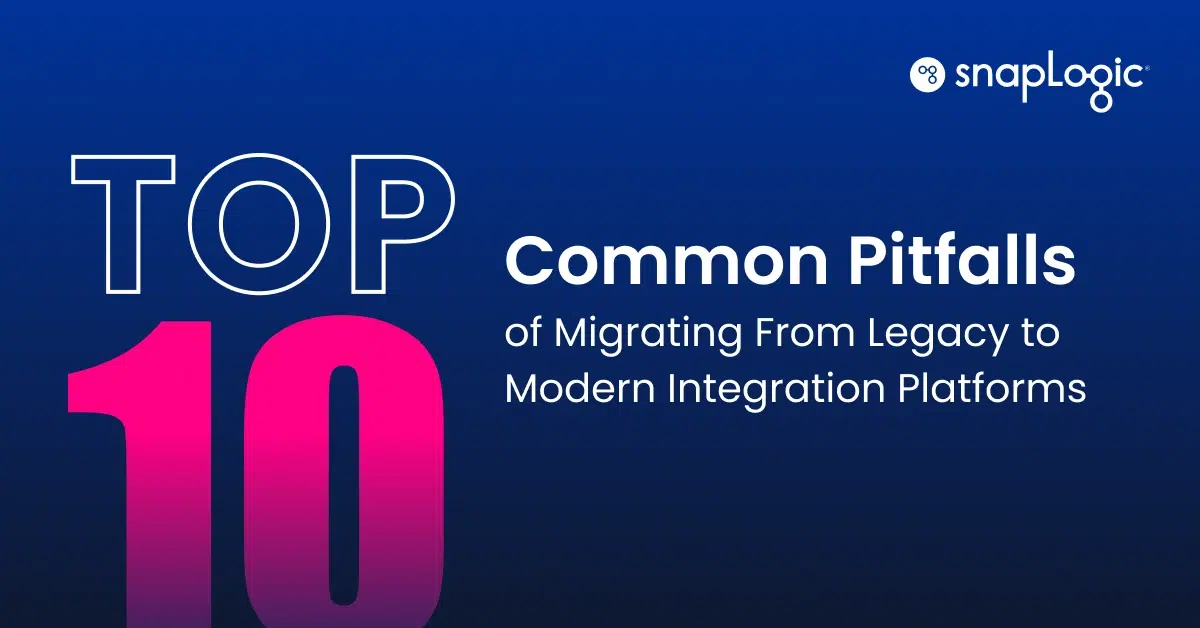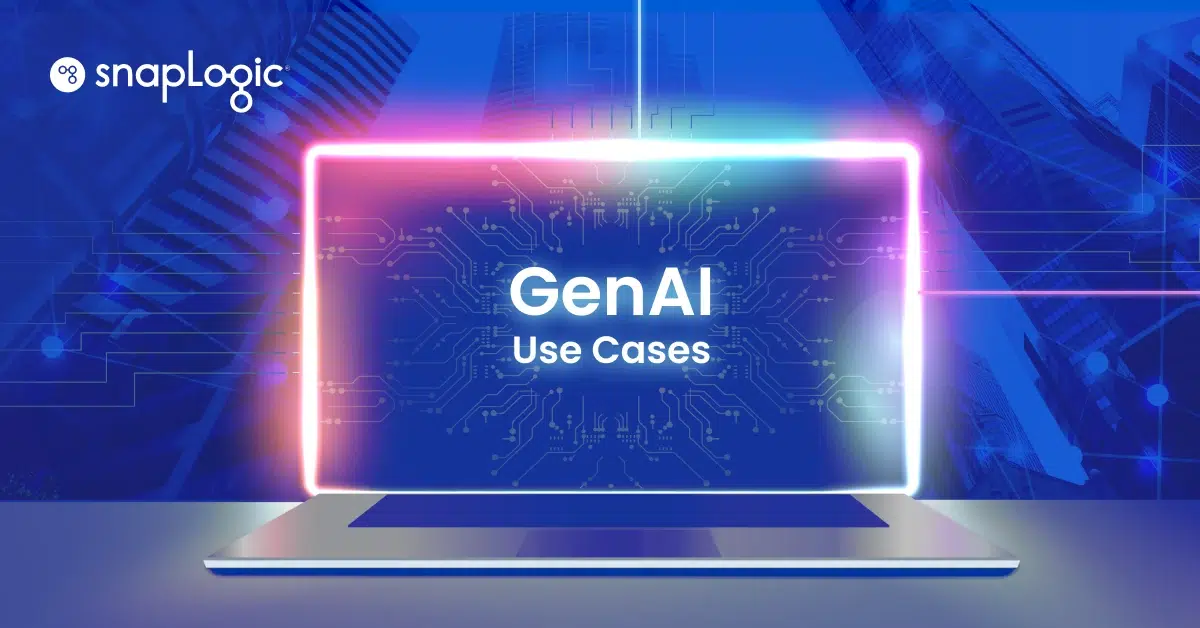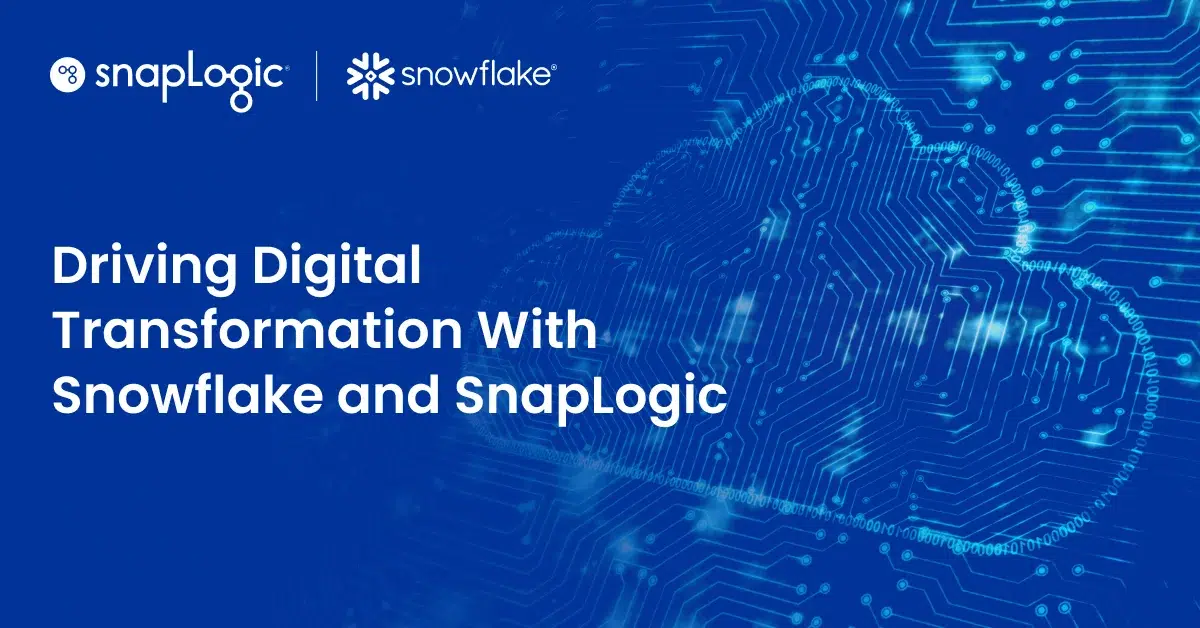
Millennials’ attitudes in the workplace have gotten a bad rap, the roots of which are explored in this extremely popular video by author and speaker Simon Sinek. But this blog isn’t a slam on millennials’ expectations for job fulfillment. It’s about meeting their expectations of how easy it should be to use enterprise technology — and that’s a good thing.
A very vocal majority
Since 2015, millennials have been the largest demographic group in the US workforce, numbering 53.5 million. They are now mainstream enterprise tech consumers, and there’s a thing or two we can learn. For example, millennials came of age using smartphones. In fact, 97% of millennials aged 25-34 own a smartphone. And I doubt that a single one would want to give up their smartphone for a separate flip phone, music player and camera.
The reality is, we live in an age where people expect multiple utility from technology, a driving force in innovation. How about a washer that also dries your clothes, that’s pretty rad. Or the motorcycle helmet that puts an entire dashboard of information right in front of your eyes, that’s radder still.
Expectations for multiple utility are similarly all over the workplace, and millennials are approaching the data consumption challenge with a clean slate. They say it should be easy, like a smartphone, and be self-service. Once again, millennials are clamoring for multiple utility.

SnapLogic meets millennial expectations of modern business
This is an area where SnapLogic trumps legacy technologies. On its best day, the 25-year-old data integration technology offered by Informatica creates ETLs (extract, transfer, loads) and has some other capabilities added on. But at its core, Informatica was designed to deal with batch, relational, ETL-like kinds of problems. Unfortunately, no one in the working world, not even retiring Boomers, lives in batch mode. Business change happens in real-time, and our data and analytics need to support that.
From day one, SnapLogic’s integration platform has been designed to solve all kinds of data-in-flight problems in the enterprise. These include, as we called them in the last century, application integration problems like connecting Salesforce with SAP, or data integration problems, providing information feeds to solve modern analytic sorts of questions. We can use SnapLogic’s application integration architecture to solve problems with technologies that weren’t widely available in the last century like predictive analytics, machine learning, or wiring up large industrial enterprises with IoT sensors, to give you new profit pools and help do a better job of building products.
That’s the kind of multiple utility that people expect from their technology — it’s not about feeds or speeds, it’s about having a smart phone versus having a separate phone, camera and music player. That’s just so 1992, you know?
This is the “match point” that SnapLogic can defend into eternity. Hundreds of our customers around the globe testify to that. Almost all of these companies had some flavor of Informatica or its competitor, and they have made the choice to move to SnapLogic. Some have moved completely, in a big bang, and others have side-by-side projects and will migrate completely to SnapLogic over time.
Want to learn more about meeting today’s lofty expectations for enterprise tech? Read SnapLogic’s new whitepaper that captures my conversation with James Markarian, SnapLogic’s CTO and also an Informatica alumnus: “We left Informatica. Now you can, too.”









